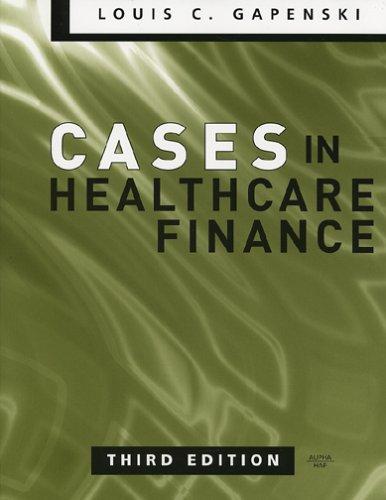first 2 dropdowns. less than, greater than or equal to.
2nd and 3rd drop down. increase or decrease.
final drop down. in the denominators of, added to, in the numerators of, subtracted from.
O 4.1 Text Question 3 Tahu pay for university you have a 51000 on that makes you pay per year 25 years have to making the promise you the Yield tomatically less than 17 (This is the old to monoma 1000 you pay per year 25 years If your loan (5135 per year for 25 years starting two years from now) had the same way as another year the present value of each corresponding $135 payment on the normal payment to under value of the normal fred payment on the present values of your yearly payments D To help pay for university, you have just taken out a 51000 government loan that makes you pay $135 per year for 25 years. However, you don't have to start making these payments until you graduate from university two years from now. Why is the yield to maturity necessarily less than 13%? (This is the yield to maturity on a normal $1000 fixed-payment loan on which you pay $135 per year for 25 years.) If your loan (5135 per year for 25 years starting two years from now) had the same yield to maturity as a normal fixed payment loan with payments of S135 per year for 25 years, then the present value of each $135 payment on your loan would be the present value of each corresponding $135 payment on the normal fixed-payment loan, and therefore today's value of your loan would be today's value of the normal fixed payment loan For today's value of your loan to be the same as today's value of the normal foxed-payment loan, the present values of your yearly payments must For that to happen, the yield to maturity on your loan must since yield to maturity is the present values of your payments. o les les O 4.1 Text Question 3 Tahu pay for university you have a 51000 on that makes you pay per year 25 years have to making the promise you the Yield tomatically less than 17 (This is the old to monoma 1000 you pay per year 25 years If your loan (5135 per year for 25 years starting two years from now) had the same way as another year the present value of each corresponding $135 payment on the normal payment to under value of the normal fred payment on the present values of your yearly payments D To help pay for university, you have just taken out a 51000 government loan that makes you pay $135 per year for 25 years. However, you don't have to start making these payments until you graduate from university two years from now. Why is the yield to maturity necessarily less than 13%? (This is the yield to maturity on a normal $1000 fixed-payment loan on which you pay $135 per year for 25 years.) If your loan (5135 per year for 25 years starting two years from now) had the same yield to maturity as a normal fixed payment loan with payments of S135 per year for 25 years, then the present value of each $135 payment on your loan would be the present value of each corresponding $135 payment on the normal fixed-payment loan, and therefore today's value of your loan would be today's value of the normal fixed payment loan For today's value of your loan to be the same as today's value of the normal foxed-payment loan, the present values of your yearly payments must For that to happen, the yield to maturity on your loan must since yield to maturity is the present values of your payments. o les les








